Paper Mario is a role-playing game developed by Intelligent Systems for the Nintendo 64. It was later re-released for the iQue Player in 2004, the Wii's Virtual Console in 2007, the Wii U's Virtual Console in 2015, and Nintendo 64 – Nintendo Switch Online in 2021.
Paper Mario has the player taking control of Mario on his quest to rescue Princess Peach and save the Mushroom Kingdom from Bowser, who has stolen the mythical Star Rod of Star Haven and used its wish-granting powers to make himself invincible. To stop Bowser and rescue Princess Peach, Mario and company must save the seven Star Spirits; magical beings who have been sealed in cards by Bowser with the power to nullify the Star Rod, as well as the original owners of the Star Rod.
Paper Mario's gameplay is a blend of traditional Japanese role-playing games and Mario-esque platforming features; Mario has the ability to jump in both the overworld and in battle, and jumping remains one of the most important actions in the game. The player controls Mario and a party of followers as they journey through the Mushroom Kingdom, exploring dungeons, managing stats, and battling enemies. The title refers to the game's arts and crafts aesthetic; nearly every character in the game is drawn as a flat 2D sprite, revealing itself as paper-thin when turning around, and many elements of the environments are also depicted as 2D sprites.
Paper Mario was initially in development for the Nintendo 64DD under the name Super Mario RPG 2[5] (also called Mario RPG 2[6] or Mario RPG 64[7]) and intended as a sequel to Super Mario RPG: Legend of the Seven Stars. Concept art posted by Super Mario RPG artist Kazuyuki Kurashima on his Instagram account in 2019 indicated that Samus Aran and Link from the Metroid and The Legend of Zelda franchises would have appeared alongside Mario characters.[8] It later became the first installment of the Paper Mario series and would go on to receive several sequels; the first in the same style of gameplay (Paper Mario: The Thousand-Year Door), followed by four in different playstyles (Super Paper Mario, Paper Mario: Sticker Star, Paper Mario: Color Splash, and Paper Mario: The Origami King).
The above text is from the Super Mario Wiki and is available under a Creative Commons license. Attribution must be provided through a list of authors or a link back to the original article. Source: https://www.mariowiki.com/Paper_Mario
Specification: Mario Story
|
User Reviews
Be the first to review “Mario Story” Cancel reply
- Show all platforms
- 3DO
- Acorn Archimedes
- Acorn Atom
- Acorn Electron
- Action Max
- Amiga
- Amiga CD32
- Amstrad CPC
- Amstrad GX4000
- Android
- APF MP-1000
- Apple II
- Apple Pippin
- Arcade
- Atari 2600
- Atari 5200
- Atari 7800
- Atari 800
- Atari Jaguar
- Atari Jaguar CD
- Atari Lynx
- Atari ST
- Atari XE
- Bally Astrocade
- Bandai TV Jack 5000
- BBC Bridge Companion
- BBC Micro
- Casio Loopy
- Casio PV-1000
- Coleco Telstar Arcade
- Colecovision
- Commodore 128
- Commodore 16
- Commodore 64
- Commodore PET
- Commodore Plus/4
- Commodore VIC-20
- Didj
- Dragon 32/64
- Emerson Arcadia 2001
- Entex Adventure Vision
- Entex Select-a-Game
- Epoch Cassette Vision
- Epoch Super Cassette Vision
- Evercade
- Fairchild Channel F
- Famicom Disk System
- FM Towns Marty
- Fujitsu FM-7
- Gamate
- Game & Watch
- Game Wave
- Game.com
- Gizmondo
- GP32
- Handheld Electronic Games (LCD)
- HyperScan
- Intellivision
- Interton VC 4000
- iOS
- J2ME (Java Platform, Micro Edition)
- Jupiter Ace
- Mac OS
- Magnavox Odyssey 1
- Magnavox Odyssey 2
- Mattel Aquarius
- Mega Duck
- Microsoft Xbox
- Microsoft Xbox 360
- Microsoft Xbox One
- Microsoft Xbox Series X
- Milton Bradley Microvision
- MSX
- N-Gage
- Neo Geo
- Neo Geo CD
- Neo Geo Pocket
- Neo Geo Pocket Color
- Nintendo 3DS
- Nintendo DS
- Nintendo Entertainment System (NES)
- Nintendo Game Boy
- Nintendo Game Boy Advance
- Nintendo Game Boy Color
- Nintendo GameCube
- Nintendo Pokémon Mini
- Nintendo Switch
- Nintendo Switch 2
- Nintendo Virtual Boy
- Nintendo Wii
- Nintendo Wii U
- Nuon
- Oculus Quest
- Oric-1
- Ouya
- Palmtex Super Micro
- PC
- PC-88
- PC-98
- PC-FX
- Philips CD-i
- Philips Tele-Spiel ES-2201
- Pioneer LaserActive
- Playdate
- Playdia
- R-Zone
- RCA Studio II
- SAM Coupé
- Sega 32X
- Sega CD
- Sega Dreamcast
- Sega Game Gear
- Sega Genesis
- Sega Master System
- Sega Mega Drive
- Sega Pico
- Sega Saturn
- SEGA SG-1000
- Sharp X1
- Sharp X68000
- SHG Black Point
- Sinclair QL
- Sinclair ZX Spectrum
- Sinclair ZX81
- Sony Playstation
- Sony Playstation 2
- Sony Playstation 3
- Sony Playstation 4
- Sony Playstation 5
- Sony Playstation Portable
- Sony Playstation Vita
- Stadia
- Super Nintendo (SNES)
- Tandy Visual Interactive System
- Tapwave Zodiac
- Texas Instruments TI-99/4A
- Tomy Tutor
- TRS-80 Color Computer
- TurboGrafx 16
- TurboGrafx CD
- V.Smile
- Vectrex
- VTech CreatiVision
- VTech Socrates
- Watara Supervision
- WonderSwan
- WonderSwan Color
- Xavix Port
- Show all platforms

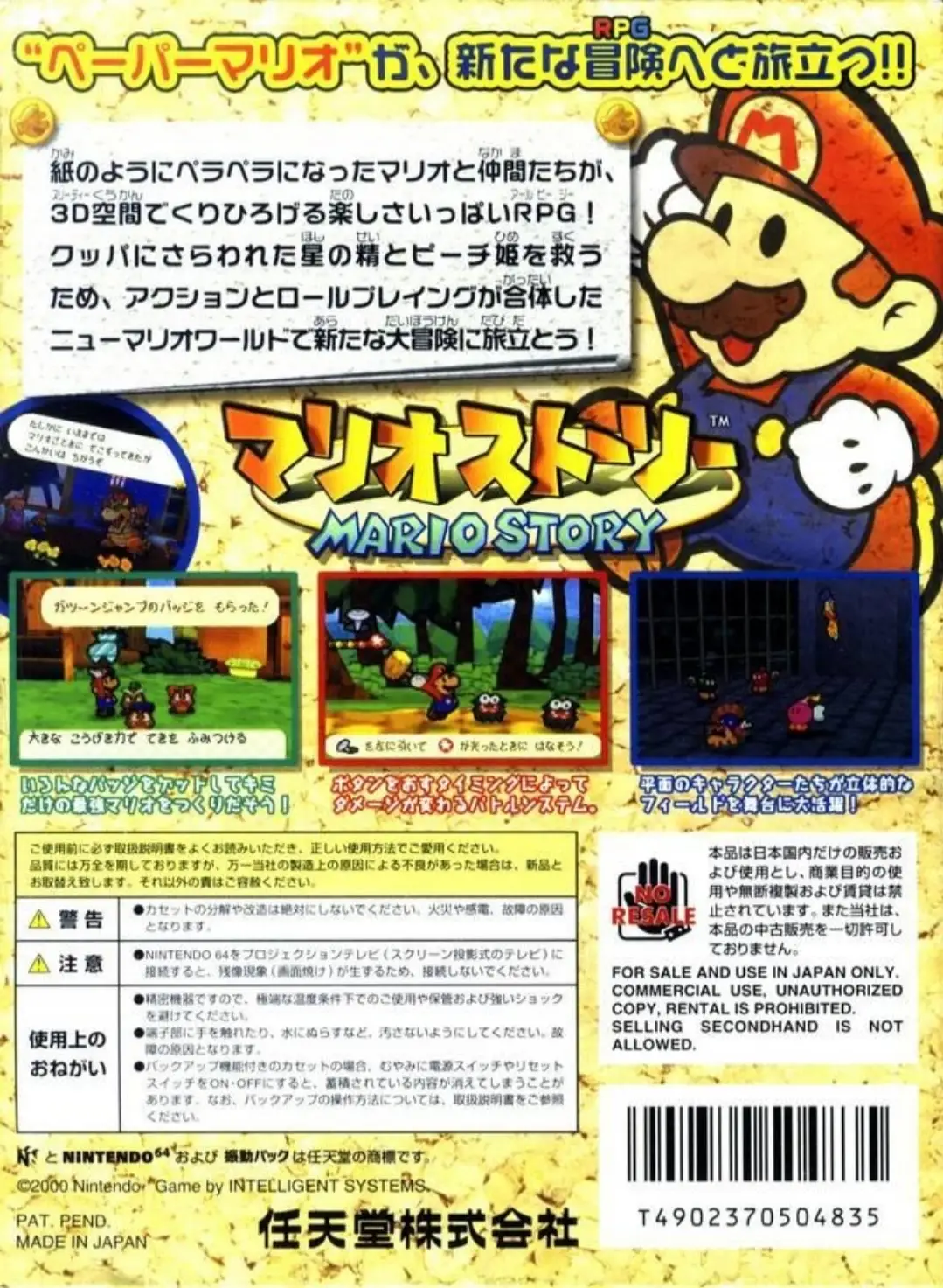
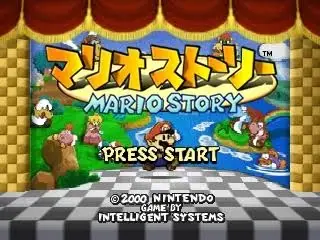
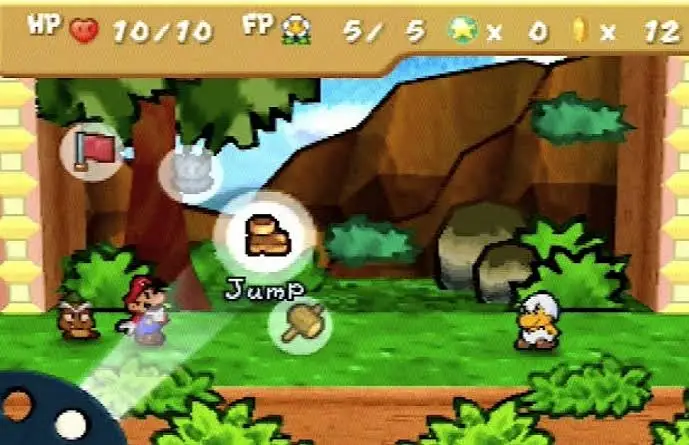
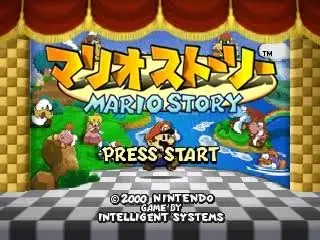
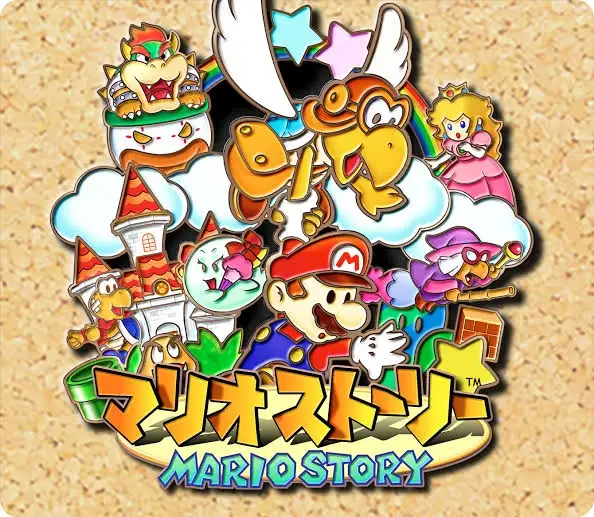
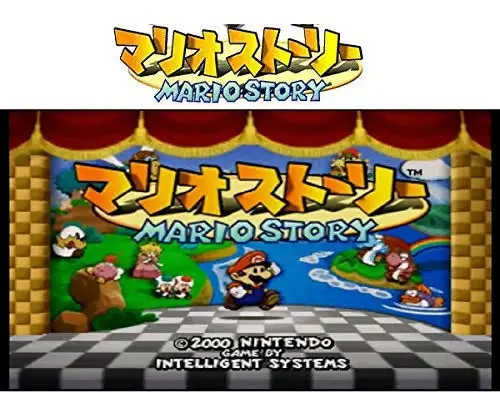



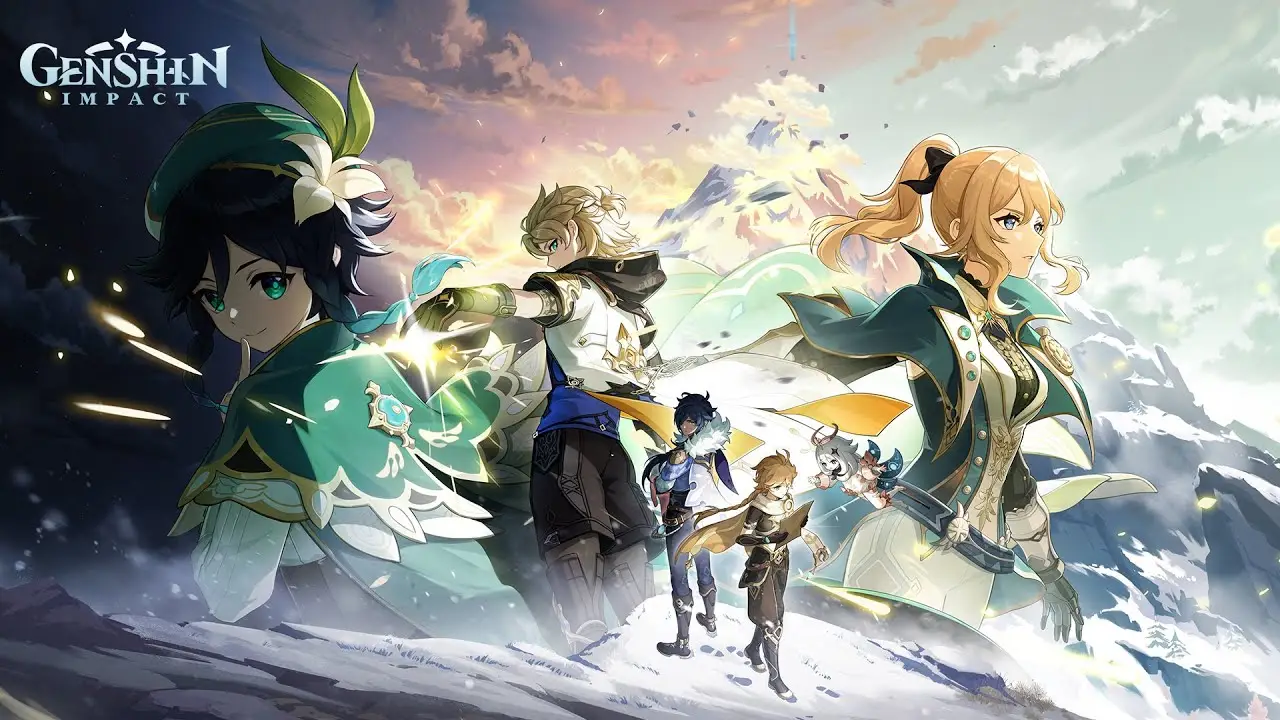
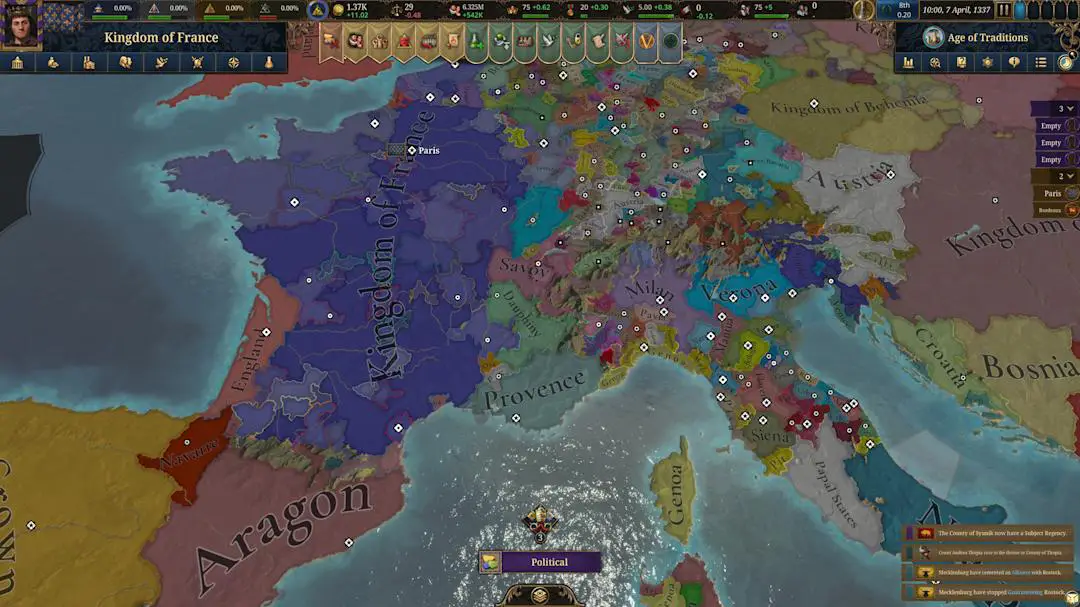

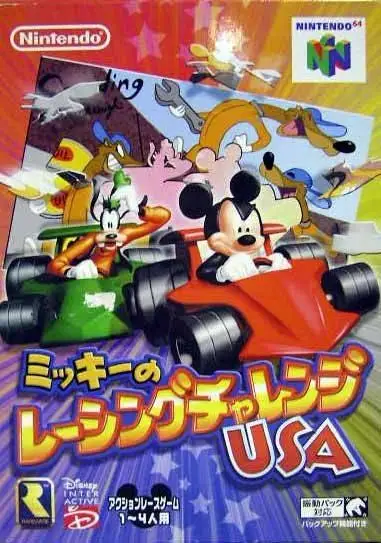
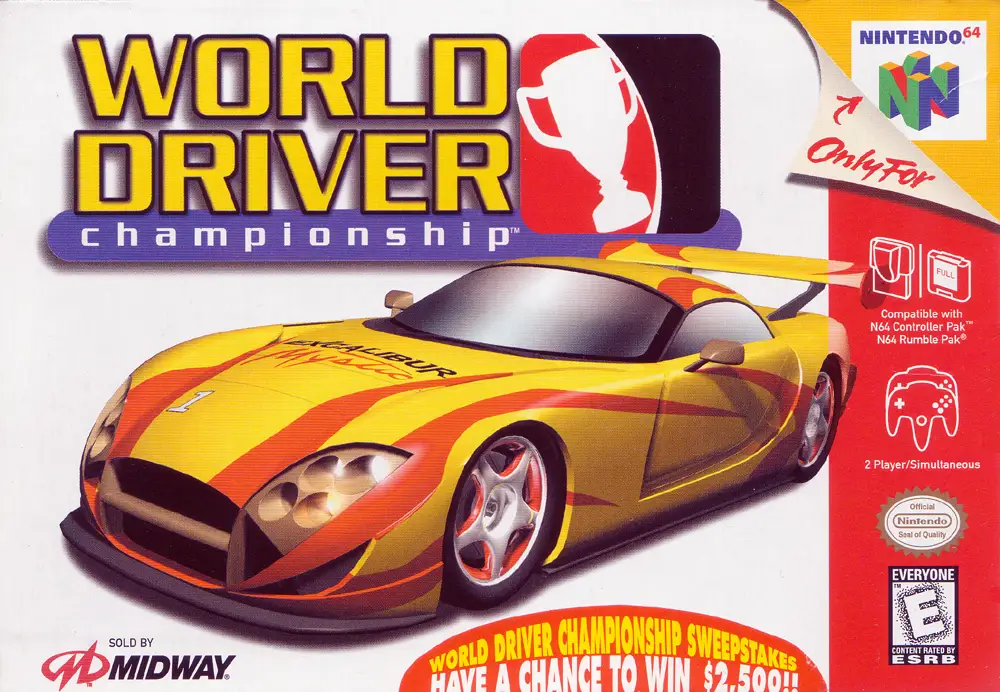
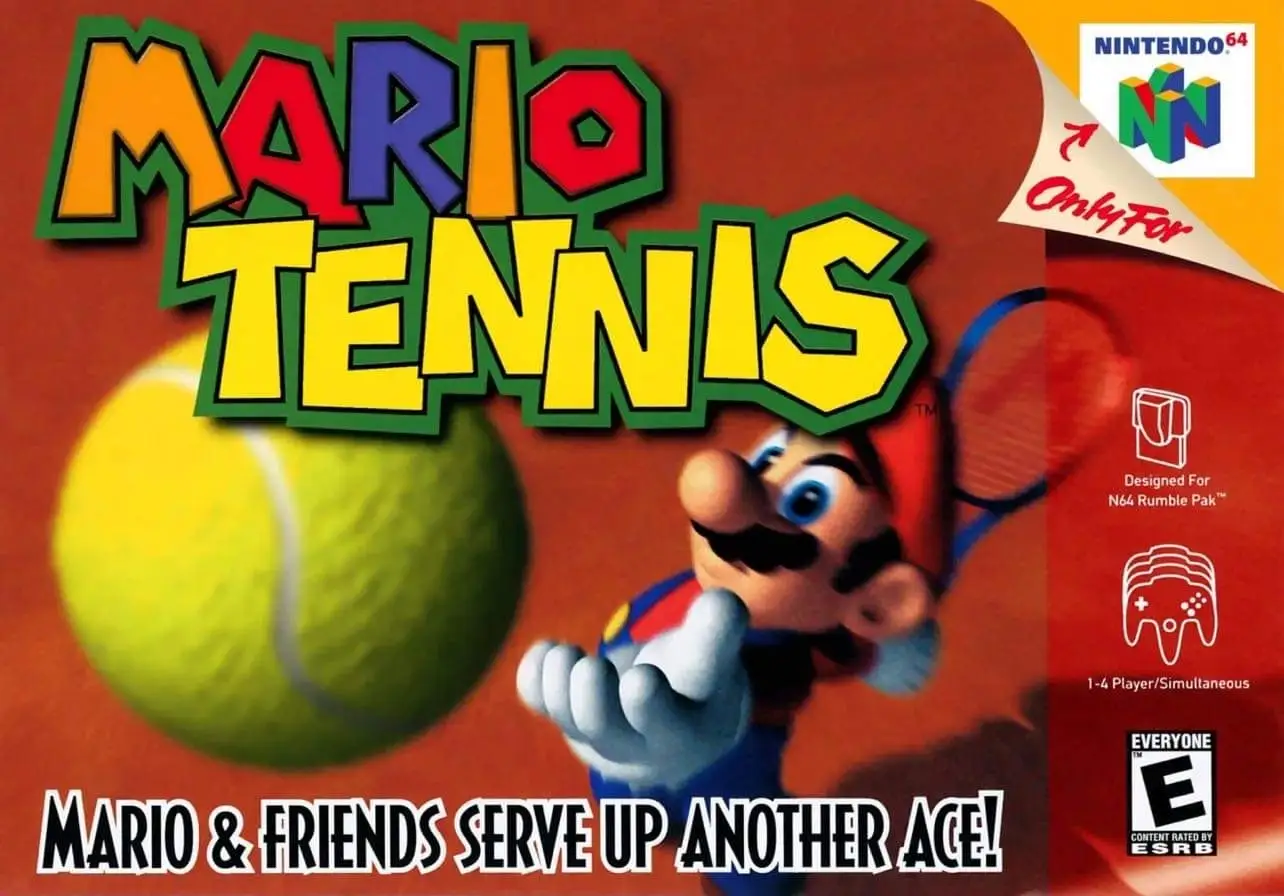
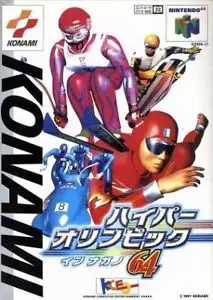
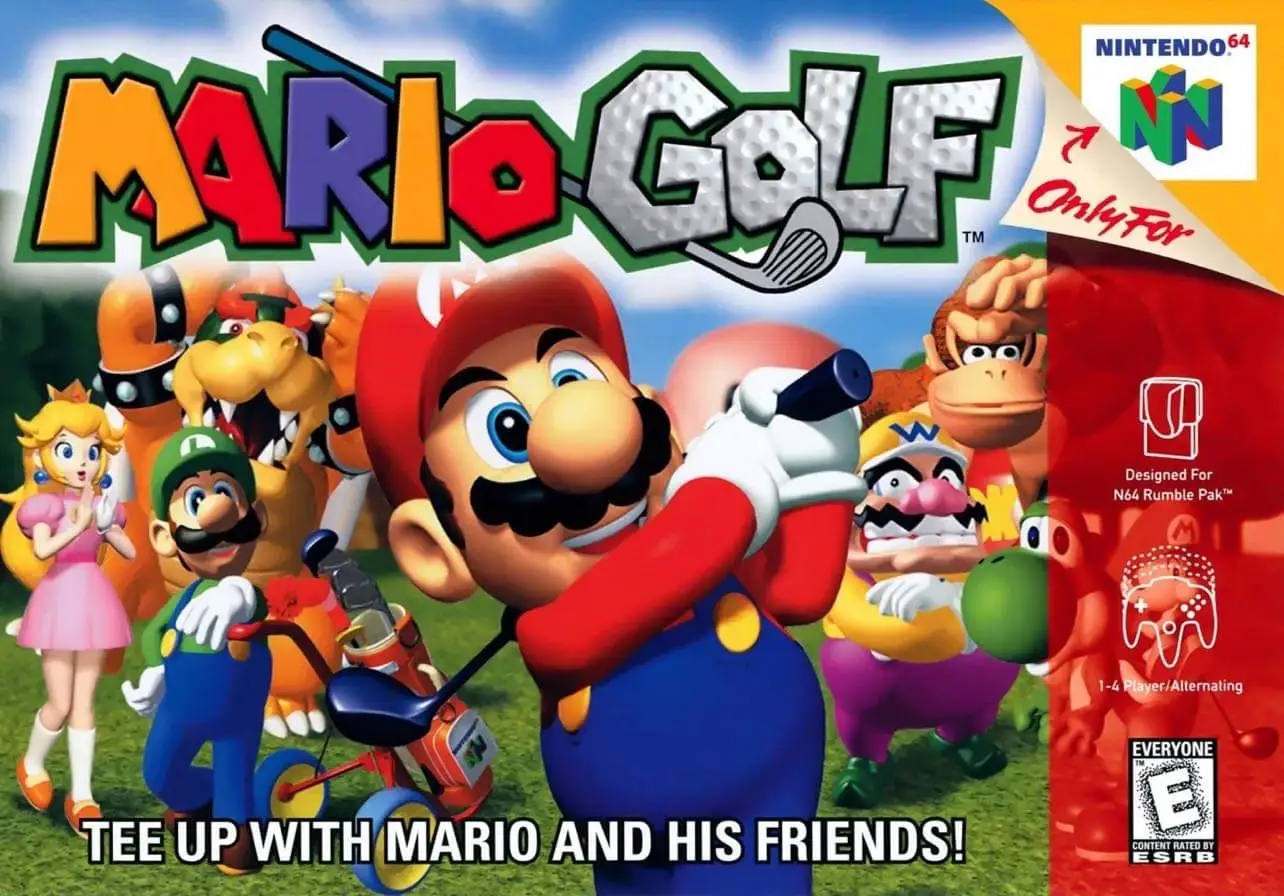
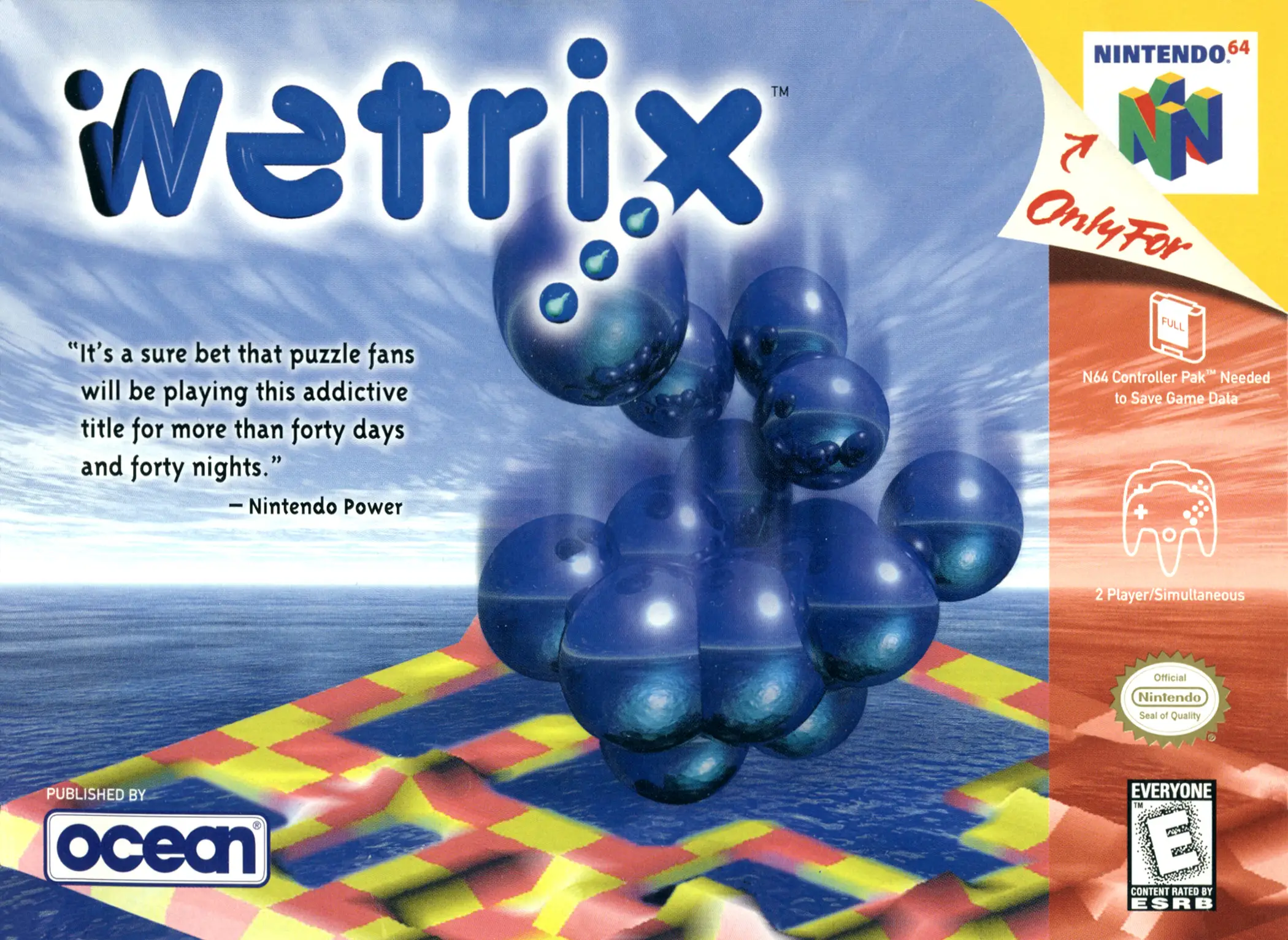
There are no reviews yet.